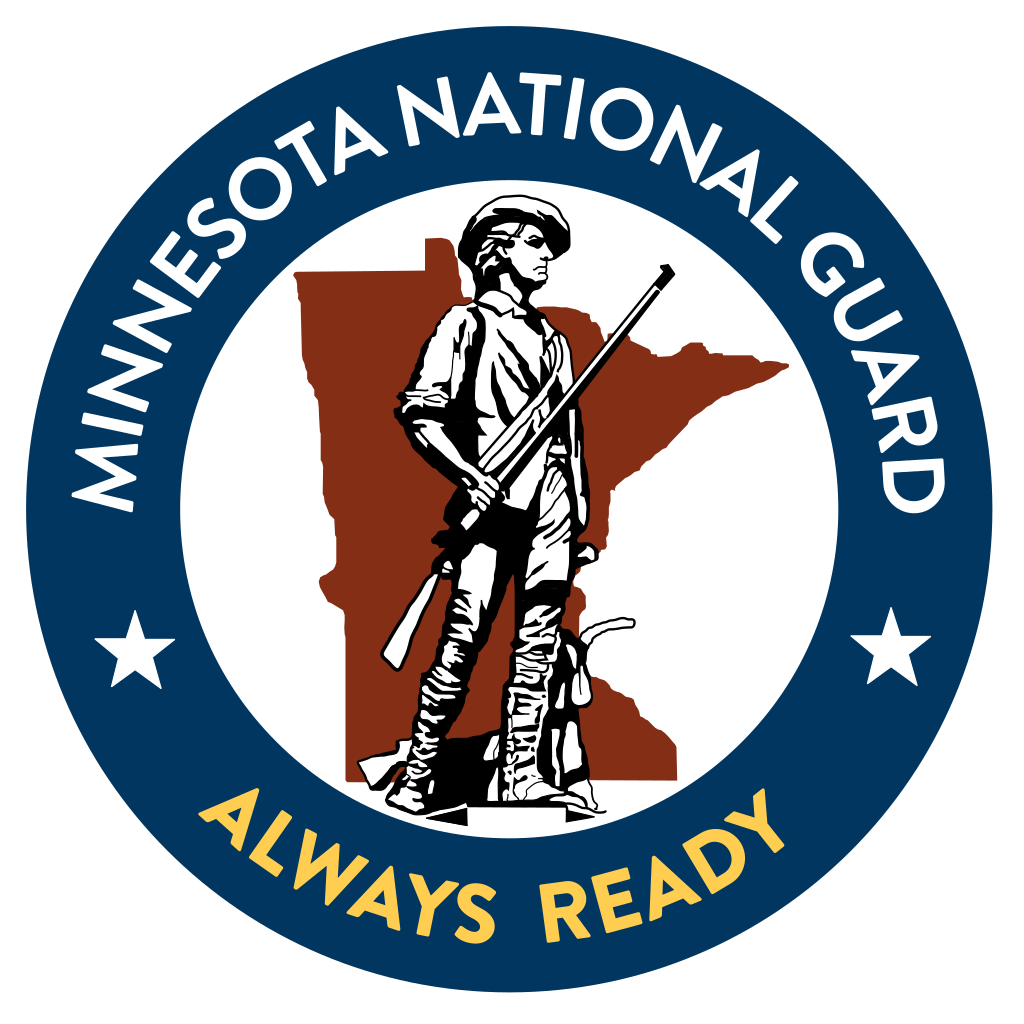By Zac Juhnke
The attacks on Tim Walz’s service record are overblown; however, he opened himself up to them. Let me explain from my perspective.
I enlisted in the Minnesota National Guard on December 16, 2000; four days after my 17th birthday. While I always considered myself patriotic, I am not ashamed to say that I joined for monetary reasons. At the time, Minnesota was offering 100% tuition reimbursement for college and an $8,000 enlistment bonus. This was 10 months prior to the events of 9/11 and, as with many that joined the Guard before then, the possibility of going to war was the farthest thing from my mind. I was signing up to drill “one weekend a month, and two weeks a year.”
The National Guard offered an enlistment option called “split-training,” which allowed me to enlist at age 17, attend basic training between junior and senior years of high school, and then finish with my Advanced Individual Training (AIT) after my senior year. For non-military folks reading this, AIT is where you will learn the skills needed to perform a specific Army job, such as artillery or engineering. My military occupational specialty (MOS) was 96B, Army Intelligence Analyst. I was trained to “find, know, and never lose the enemy.” At least, that was what we said in our creed.
In reality, I almost never actually performed my MOS duties. One weekend drill was dedicated to weapons qualifying, another to making sure everyone had their High Mobility Multipurpose Wheeled Vehicle (HMMWV) driver’s license. and another to “medical readiness.” I remember that December drill was always for annual briefings on things like suicide awareness and sexual assault prevention.
This was the National Guard. We were “citizen-soldiers,” emphasis on citizen. I dedicated 28 days a month to my studies at the University of Minnesota, Morris, where I majored in mathematics, played bass trombone in jazz band, and was the right tackle on the football team (Go Cougars!). But eventually, the realities of fighting two simultaneous wars hit the reserves and MN started to deploy units.
I remember the 1st BCT deployment well (this was the parent unit of 1-125 FA, which was Tim Walz’s unit). The Guard called it “the largest single unit deployment for the 34th Infantry Division since World War II” and activated for a six-month “train-up” at Camp Shelby, Mississippi, before their planned 12-month deployment to Iraq. They got caught up in the 2007 “surge” and ended up in Iraq for 16 months. All told, 1st Brigade served one of the longest consecutive combat operations by a United States National Guard unit.
This deployment devastated the lives of many of the Guardsmen who served. The Yellow Ribbon Reintegration Program was developed in response to how poorly 1st BCT reintegrated into civilian life after deployment. Yes, deployment was always a possibility, but everyone I knew went into it with a very different mindset than what you find amongst active-duty soldiers. We reluctantly deployed.
In December 2007, just after I got married and finished up my final semester of college, my unit — HHC, 34th Combat Aviation Brigade — received our own warning order. This warning that we would deploy came eighteen months before our deployment. As I had just finished college, I didn’t feel it was time to start my career since I was leaving for Iraq the next year. So, I went to work for my unit fulltime to support them in their pre-mobilization. I managed the Brigade’s Security Clearance Roster, and I tracked enlisted retention brigade-wide. I worked in an office with the operations sergeant major, who liked to smoke; if you went out on a smoke break with him and the company readiness NCO, you discovered he also liked to gossip.
It was common for Guard soldiers to try to “get out” of deployment, and there were a lot of new “medical issues” in my unit that year and new retirement packets submitted. This was nearly two decades ago so my memory might be fuzzy, but I remember we had one Colonel (O-6) retire and another “got himself transferred” to another division. The only person they could find to lead our brigade was the hangar Officer in Charge (OIC), who probably wouldn’t have made O-6 any other way, but in this situation was the only one “willing” to deploy.
There were many leadership “holes” because of this attitude towards deploying. I remember I was operating in a roster slot for a soldier two full ranks above what I currently held when I was moved into it. I was operating in the position reserved for a staff sergeant (E6) when I was still a specialist (E4). I was promoted to sergeant (E5) prior to deploying, but continued to have the responsibilities of the E6 slot which I was in. And my situation in the National Guard was hardly unique.
After finishing my deployment, I got hired as a DOD contractor and transferred to the Mayland National Guard in October of 2009, where I finished out my enlistment with an honorable discharge. I continued to deploy as a civilian supporting active-duty units in Bagram, Afghanistan, in 2011; Camp Buehring, Kuwait, in 2015; and HKIA, Afghanistan, in 2019.
I come from a liberal background, but I consider myself right-of-center politically. My father was a member of the Minnesota House of Representatives from 1997 to 2011. He was in the Democratic-Farmer-Labor party (same as Walz). I voted for John Kerry in 2004, John McCain in 2008, Mitt Romney in 2012, Gary Johnson in 2016, and abstained from voting for a president in 2020 (but I did vote libertarian in any down-ballot race where they ran a candidate). I am pro-public education, pro-gun rights, pro-gay marriage, pro-limiting federal government, pro-immigration, and pro-life. I will not be voting for Kamala Harris.
So, now that you know the “lens” through which I am evaluating things, here is what I think about Tim Walz’s service.
